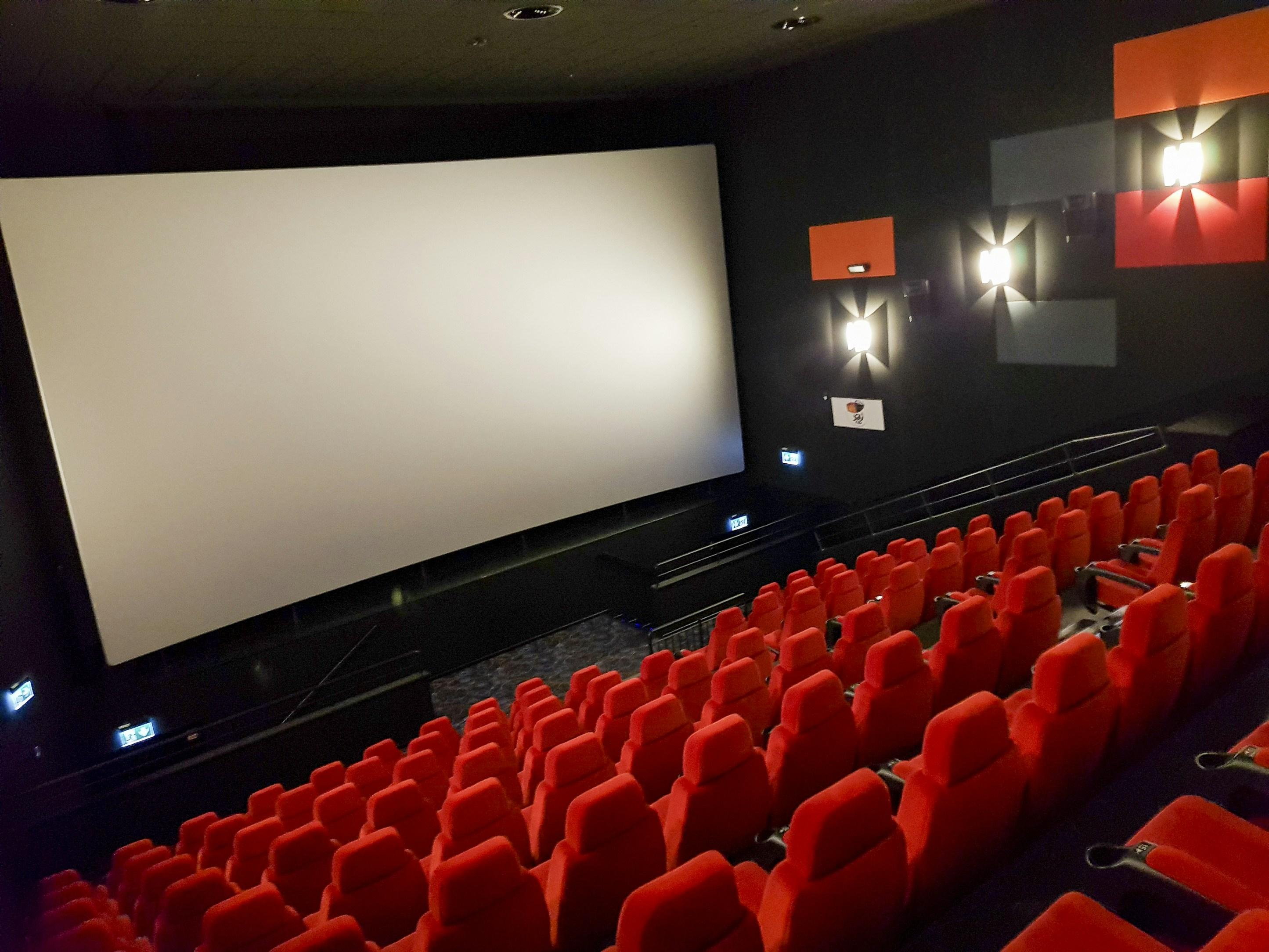In recent years, the landscape of documentary filmmaking has undergone a significant transformation, sparking a debate over its evolving purpose. Traditionally viewed as a medium for education and enlightenment, documentaries now often straddle the line between informative content and captivating storytelling. This shift raises a compelling question: Are documentaries today more focused on entertainment than education? As streaming platforms proliferate and audience preferences evolve, the boundary between factual reporting and engaging narrative becomes increasingly blurred. This article delves into the current state of documentaries, examining the factors driving this change and the implications for both creators and viewers.
Shift in Documentary Purpose: Balancing Fact and Fiction
In recent years, the landscape of documentaries has evolved significantly, blurring the lines between fact and fiction. Traditionally seen as a medium for education, many documentaries now incorporate elements of storytelling and dramatization to engage audiences. This shift raises questions about the core purpose of documentaries and whether they serve more as entertainment than educational tools. While the factual foundation remains critical, filmmakers often employ narrative techniques akin to those in fictional films, aiming to captivate viewers and enhance emotional impact.
The balancing act between informing and entertaining involves several key strategies:
- Creative Storytelling: Employing narrative arcs, character development, and suspense to maintain viewer interest.
- Visual and Auditory Appeal: Using high-quality visuals, music, and editing styles to create an immersive experience.
- Subjectivity and Perspective: Offering a particular viewpoint or interpretation to provoke thought and discussion.
As a result, while documentaries continue to educate, they increasingly prioritize engagement, reflecting a shift towards a more dynamic and complex form of media.

Analyzing Viewer Engagement: Entertainment vs. Informative Content
When diving into the dynamics of viewer engagement, a fascinating dichotomy emerges between entertainment and informative content. Entertainment-driven documentaries often utilize dramatic narratives, high-quality visuals, and compelling storytelling techniques to captivate audiences. This approach, while making the content more engaging, can sometimes blur the lines between factual representation and artistic embellishment.
On the other hand, informative content aims to deliver facts and insights with a focus on educational value. Yet, in the quest to maintain viewer interest, even these documentaries are incorporating elements traditionally associated with entertainment. Consider the following aspects:
- Storytelling Techniques: Use of character arcs and emotional narratives.
- Visual Appeal: High-definition cinematography and creative animations.
- Sound Design: Dynamic soundtracks that enhance emotional engagement.
These elements, while enhancing viewer engagement, also raise questions about the balance between education and entertainment in modern documentaries. As this trend continues, the challenge lies in preserving the integrity of information while keeping audiences enthralled.

The Role of Streaming Platforms in Shaping Documentary Narratives
In the era of digital media, streaming platforms have become pivotal in redefining how documentary narratives are crafted and consumed. With vast libraries at their disposal, these platforms have the power to determine which stories reach global audiences. Streaming giants like Netflix, Amazon Prime, and Hulu have revolutionized accessibility, enabling viewers to explore a diverse array of topics from the comfort of their homes. This democratization, however, raises questions about the balance between education and entertainment. The algorithms driving these platforms often prioritize content that garners the most engagement, potentially skewing the focus towards more sensational or emotionally charged narratives.
The influence of streaming platforms extends to the very structure and style of documentaries. Filmmakers are increasingly encouraged to adopt techniques that emphasize engagement over enlightenment, leading to a blend of cinematic flair and factual storytelling. Consider the following impacts:
- High-Production Value: Documentaries now often feature cinematic visuals and gripping storytelling akin to fictional films.
- Serial Formats: Multi-episode formats are gaining popularity, allowing for deeper dives but also stretching narratives to maintain viewer interest.
- Targeted Content: Algorithms tailor recommendations based on user preferences, sometimes promoting more controversial or emotionally resonant topics.
While these shifts have broadened the appeal of documentaries, they also challenge traditional notions of the genre as purely educational.

Recommendations for Filmmakers: Ensuring Educational Value
To ensure documentaries maintain their educational value, filmmakers should focus on a few key strategies. Authenticity is crucial; it’s essential to prioritize factual accuracy over sensationalism. This means investing time in thorough research and consulting with subject matter experts. Additionally, filmmakers should aim to present a balanced perspective, showcasing multiple viewpoints to provide a comprehensive understanding of the topic.
Filmmakers can also enhance educational impact by employing creative storytelling techniques without sacrificing substance. Consider the following approaches:
- Engaging Narratives: Craft stories that captivate while delivering factual content.
- Visual Aids: Use graphics and animations to clarify complex ideas.
- Interactive Elements: Encourage audience participation through Q&A sessions or online forums.
By blending entertainment with education thoughtfully, documentaries can remain both informative and engaging.



